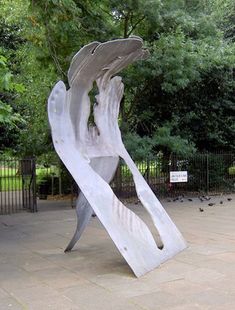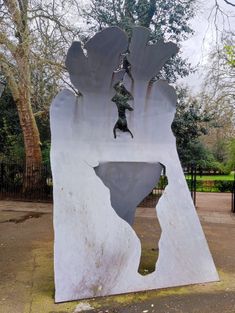Barry Flanagan
Barry Flanagan OBE (1941 - 2009) was a visionary sculptor known for his innovative artworks. His life was marked by a deep connection to the natural world, which profoundly influenced his artistic style.
Flanagan’s ‘Maquette for Camdonian’ is a model for the larger public sculpture ‘Camdonian’ in Lincoln’s Inn Fields. They are part of the Camden Art Collection.

Barry Flanagan OBE (1941 - 2009) was a visionary sculptor known for his innovative artworks. His life was marked by a deep connection to the natural world, which profoundly influenced his artistic style.
Flanagan’s ‘Maquette for Camdonian’ is a model for the larger public sculpture ‘Camdonian’ in Lincoln’s Inn Fields. They are part of the Camden Art Collection.

“Sculpture is a question of materials and form, and their potential to transcend the everyday.”
Barry Flanagan

About Barry Flanagan
Flanagan studied at St. Martin's School of Art in London where he immersed himself in the vibrant art scene of the 1960s. It was during this time that he met influential mentors and fellow artists such as Anthony Caro, Phillip King, and William Tucker, who played a pivotal role in shaping his artistic vision. Inspired by the radical movements of the time (such as the avant-garde Fluxus and the minimalist art movement) Flanagan developed a unique sculptural style through his use of unconventional materials and exploration of form and space.Flanagan's work is a celebration of the human and animal form, often made in bronze, stone, or other materials. He is perhaps best known for his hare sculptures which capture the graceful and playful nature of these creatures with a profound sense of movement and vitality. His ability to infuse inanimate objects with life and motion earned him international acclaim and numerous awards, including the prestigious Turner Prize in 1992.
His sculptures were featured in solo and group exhibitions in many venues, including the Tate in London and the Museum of Modern Art in New York. His pieces also found homes in prominent public and private collections, cementing his status as a prominent figure in contemporary sculpture.
Flanagan maintained a deep connection to Camden, where he lived, worked and exhibited for many years.